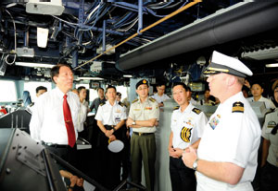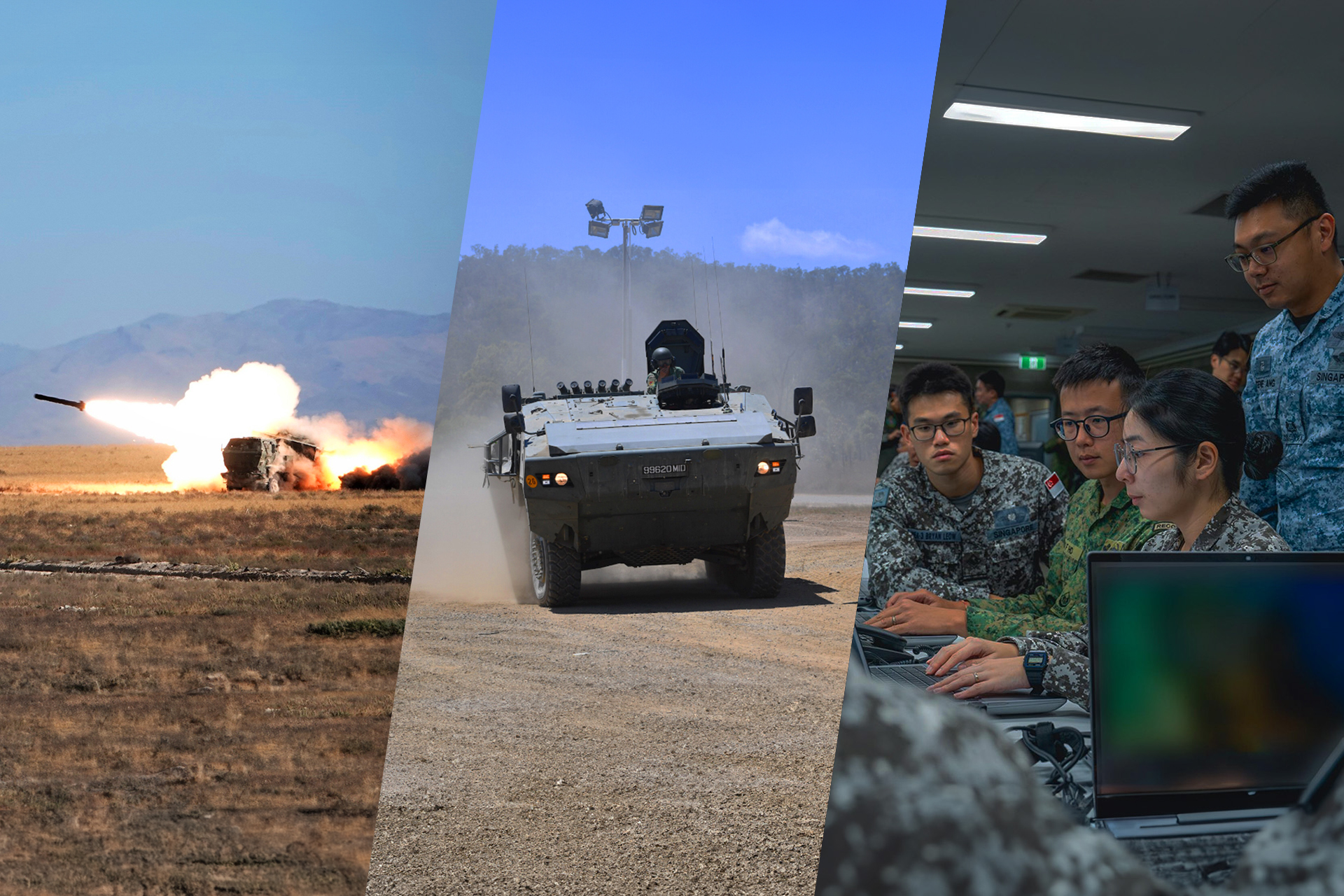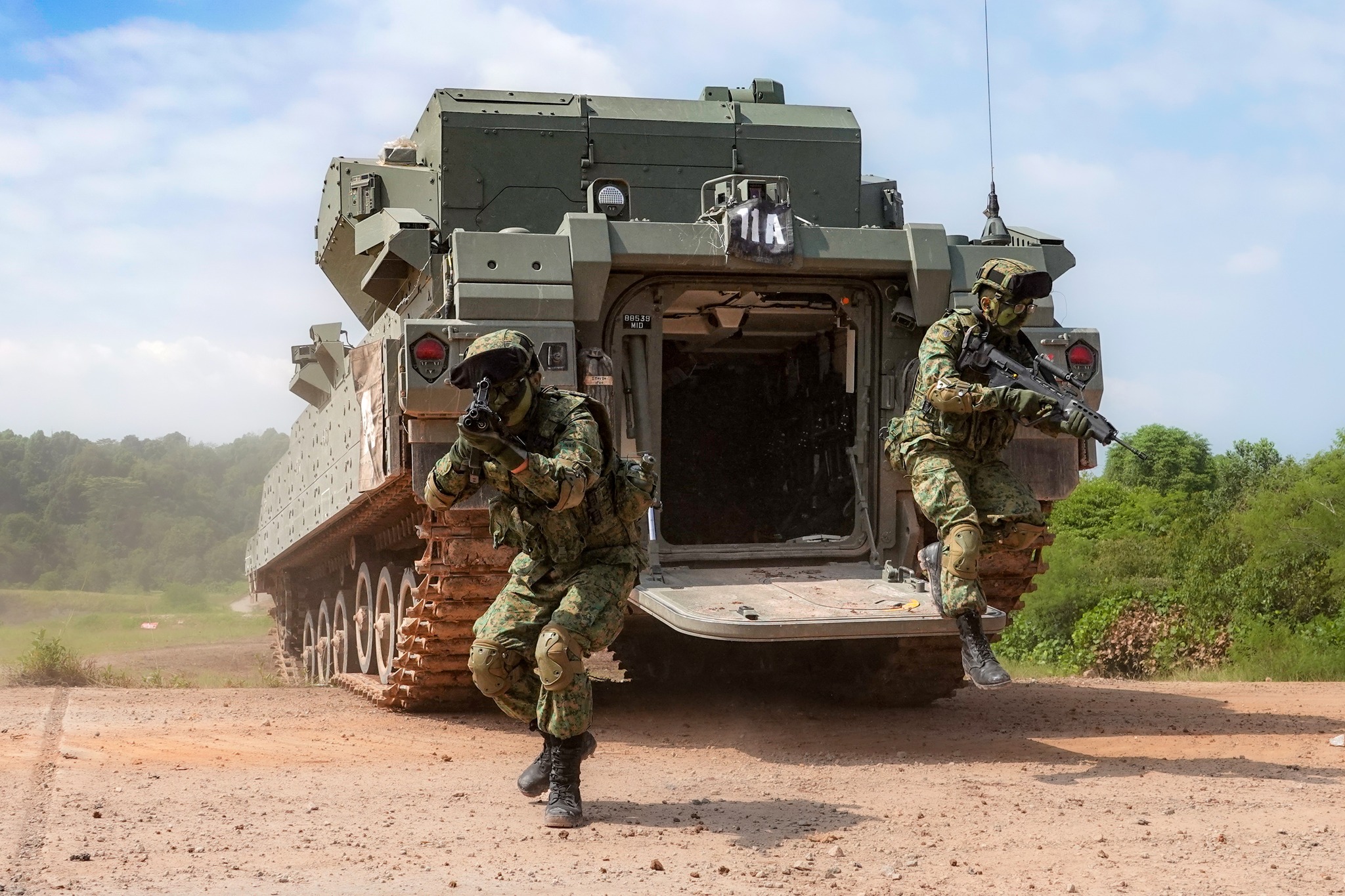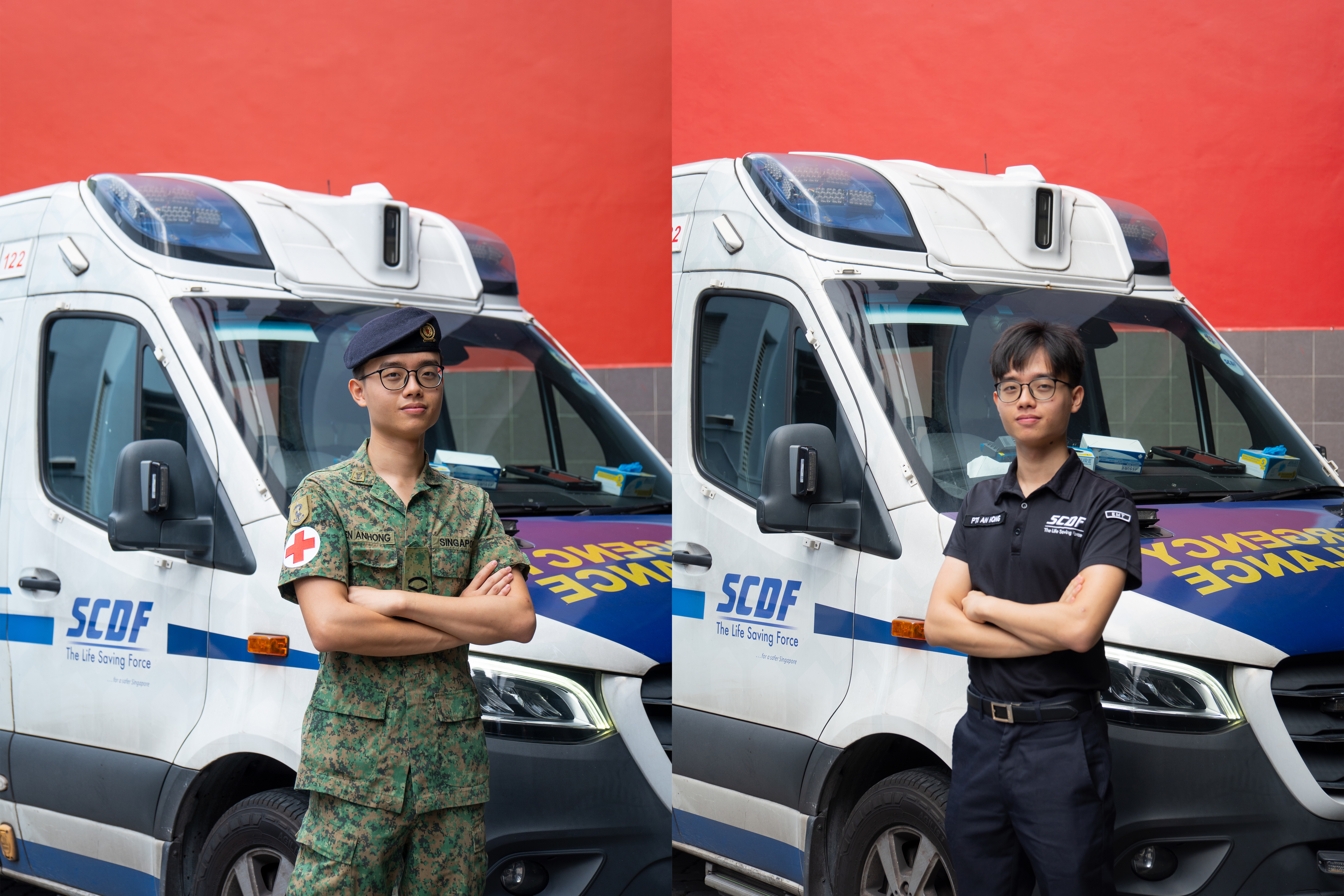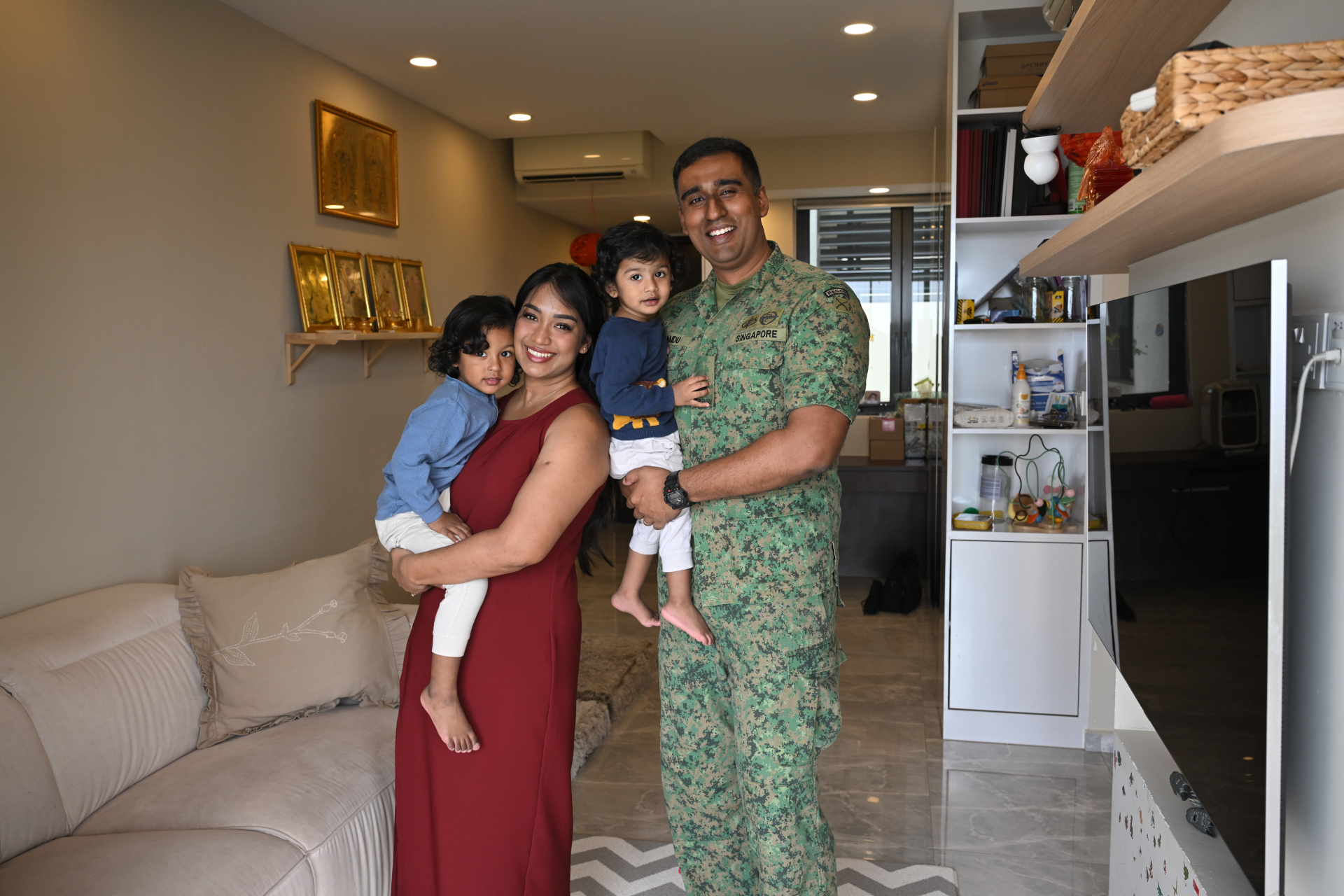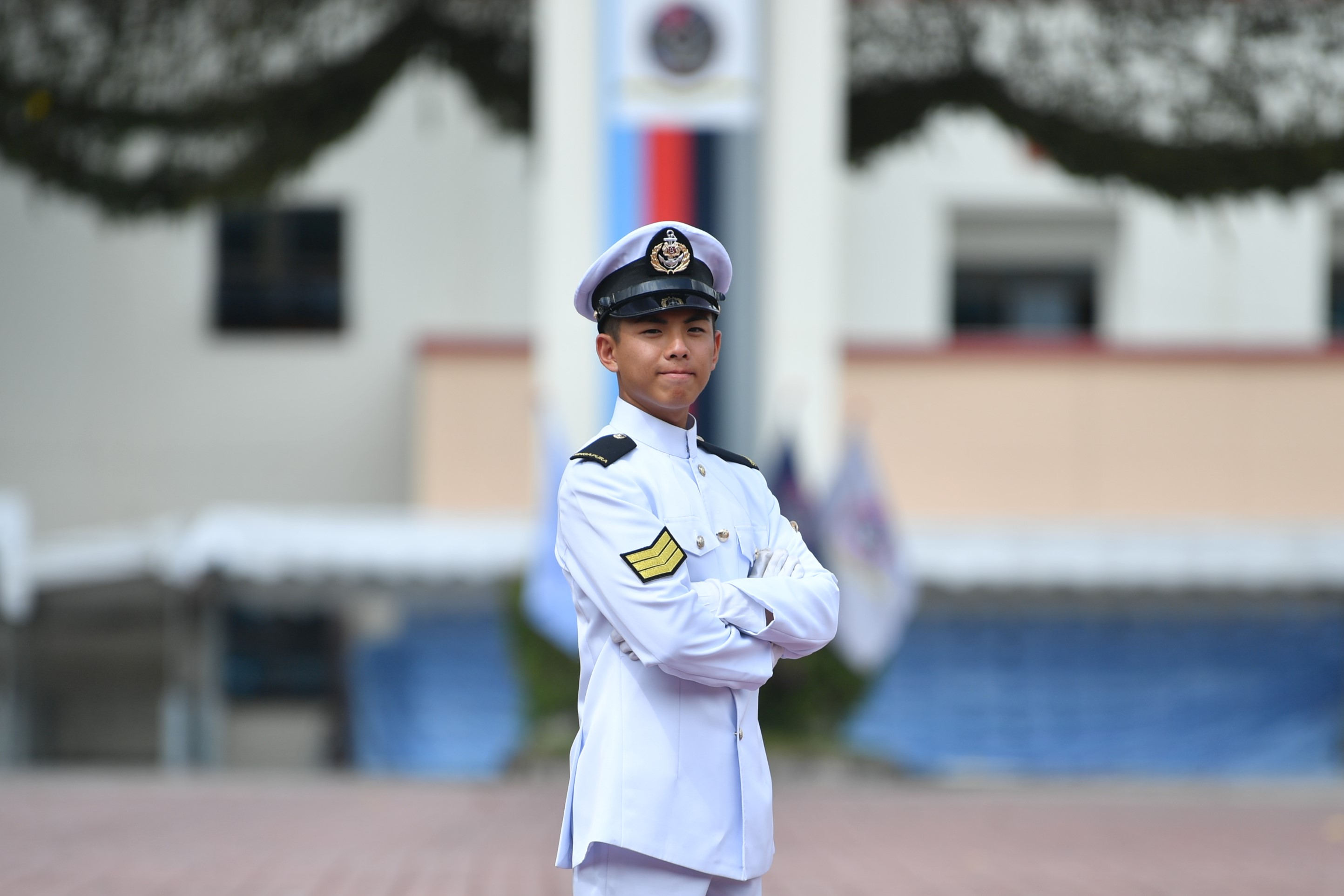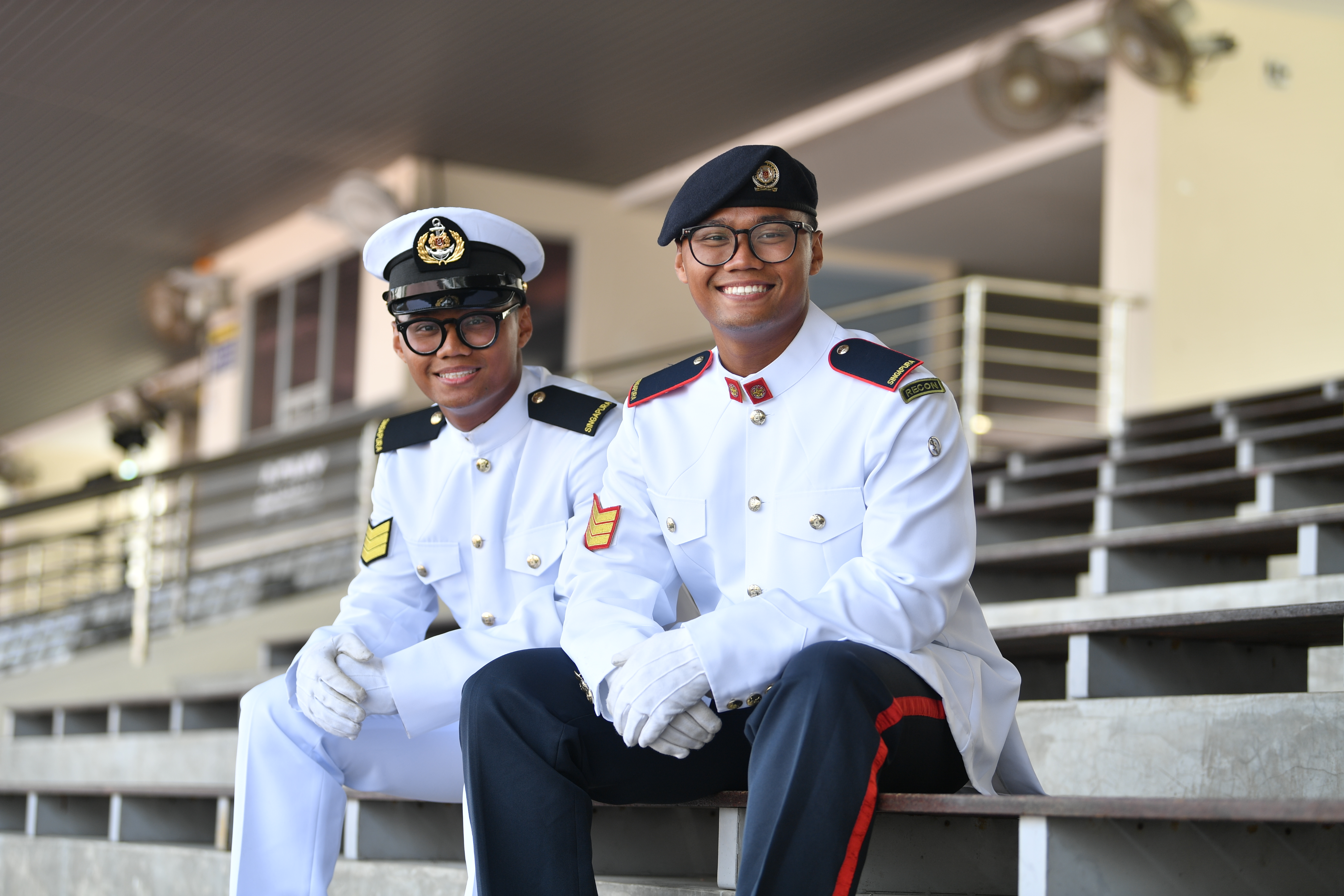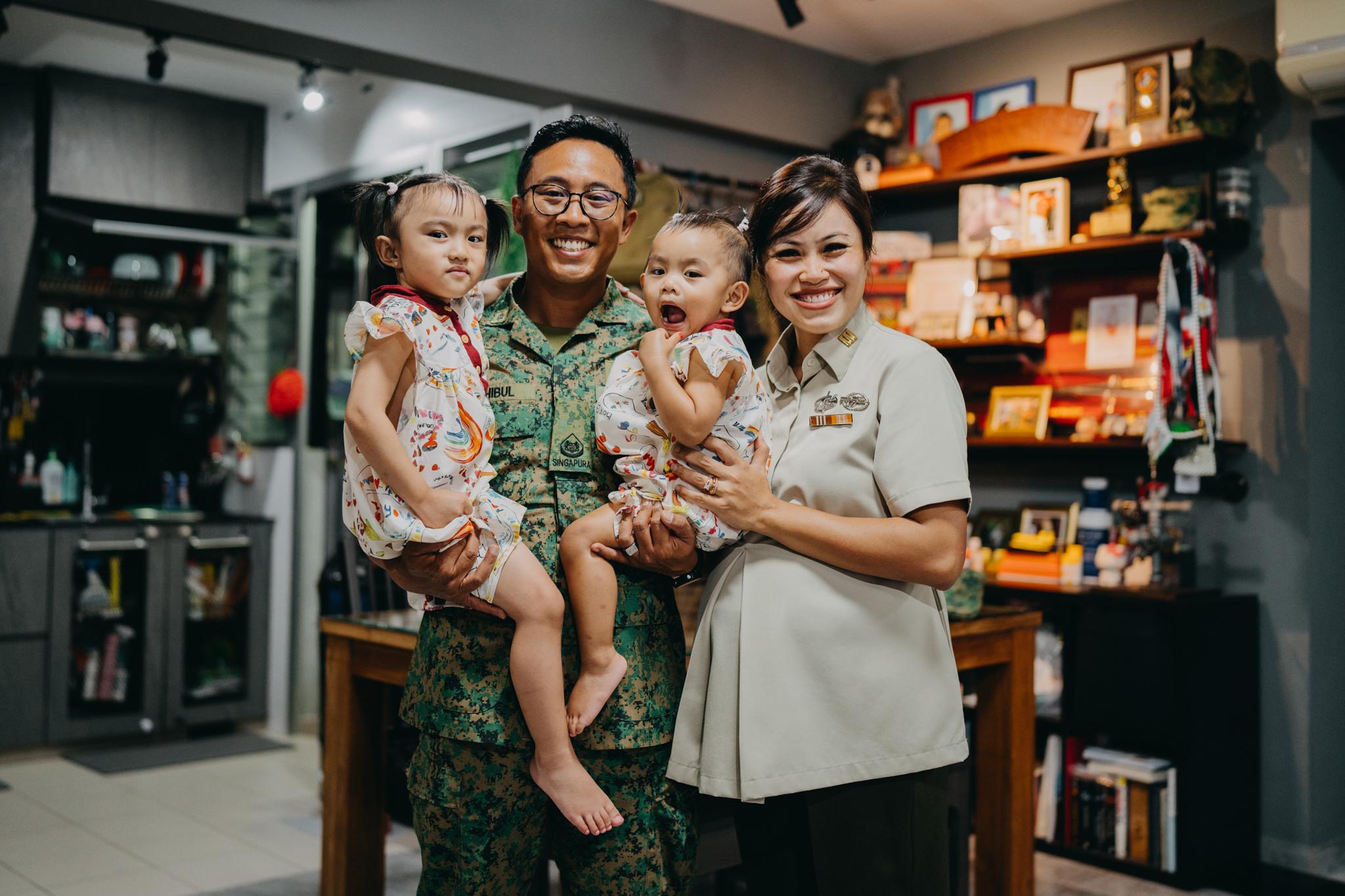MARITIME SECURITY FOR ALL
PHOTO // PIONEER Photographers
At the recent IMDEX Asia 2009, navy chiefs and members of maritime security agencies from various countries gathered in Singapore, some bringing their warships, some bringing their families. What they shared was a sense of community and a need to work cheek by jowl in ensuring safe and secure seas for everyone.
This was especially evident in the inaugural maritime information sharing exercise and international maritime security conference which were held with the three-day exhibition.
To the unsuspecting eyes of an untrained individual, the information streaming in from shipping lines may seem perfectly ordinary. But once the various bits of data are pieced together by personnel from maritime agencies to form a coherent situational picture, a sinister terrorist plot involving a series of attacks from the sea is uncovered.
That was the scenario faced by participants of the inaugural Maritime Information Sharing Exercise (MARISX). Hosted by the Republic of Singapore Navy from 11 to 15 May, the exercise was held at the Information Fusion Centre (IFC) located in the Changi Command and Control (C2) Centre.
The exercise was conducted in conjunction with International Maritime Defence Exhibition and Conference (IMDEX) Asia 2009, which was held from 12 to 14 May.
Speaking at the opening ceremony of MARISX, Chief of Defence Force Lieutenant-General (LG) Desmond Kuek stressed the importance of cooperation among the various maritime stakeholders.
"The threats that we face together are multi-faceted and transnational. They require responses that cut across traditional inter-agency boundaries," he said. "We need to work together to stay ahead of the threats to ensure safe and secure seas."
Testing linkages
During MARISX, 39 International Liaison Officers (ILO) from 16 countries worked together using various information-sharing and sense-making systems such as the Regional Maritime Information Exchange and the Malacca Straits Patrols Information System housed in the IFC.
Both systems are Internet portals that facilitate information sharing among the members of the Western Pacific Naval Symposium and the Malacca Strait Patrols respectively.
The ILOs were from various navies as well as maritime security agencies around the world.
One participant, Mr Michael Hales from the Australian Customs and Border Protection Service, said: "MARISX is very useful to promote inter-agency sharing. The capabilities of the IFC have proven very effective in identifying and tracking suspicious vessels entering Singapore and its regional waters."
information-sharing and sense-making systems as part of MARISX
Need for cooperation
Alongside their traditional roles of deterrence and as vehicles of diplomacy, navies today have to add the role of curtailing piracy to their plates.
Said Deputy Prime Minister and Minister for Defence Teo Chee Hean in his IMDEX Asia 2009 opening address: "An estimated 90 percent of world trade is conducted by sea. The security of sea lines of communication and the freedom to navigate them are therefore vital to international stability and prosperity."
Adding to that point at the opening of the inaugural International Maritime Security Conference (IMSC) held from 13 to 14 May, Minister for Education and Second Minister for Defence, Dr Ng Eng Hen, reiterated that countries must collaborate to meet the maritime security challenges that the world faces today.
He said that countries have to work together out of necessity, "simply because such challenges often come suddenly and overwhelm the resources of any one country".
Dr Ng cited the multinational counter-piracy efforts in the Gulf of Aden and off the coast of Somalia as an example where adequate scale was achieved through the sharing of information and capabilities.
"A practical and flexible approach within a regional security framework is required to foster confidence-building and capacity-building," he added.
Frameworks for safe seas
Coming into effect in 1994, the United Nations Convention on the Law of the Sea (UNCLOS) sets the tone for maritime interaction. "For 15 years, the convention has contributed substantially to furthering international maritime peace and cooperative action," said Dr Ng.
In the Asia-Pacific, groupings such as ASEAN have proven useful in promoting collaboration in the area of maritime security. Through multilateral discussions such as the Shangri-La Dialogue (SLD), stakeholders in ASEAN have gathered to discuss ways to make useful contributions to regional security.
An example was the "Eyes-in-the Sky" initiative. Involving aircraft from Indonesia, Malaysia and Singapore, it was launched in September 2005 after a proposal at the fourth SLD in June 2005 by then Malaysian Defence Minister Datuk Seri Najib Razak.
Extending camaraderie
For the entire duration of IMDEX Asia 2009, Changi Naval Base was bustling with activity with 18 warships from 13 countries berthed at its docks.
The ships came from as far afield as the United States and France, and from regional countries such as Malaysia and Indonesia, which sent the KD Pahang and the KRI Todak respectively. Mr Teo toured six of these warships on 12 May and was warmly received by senior commanding staff on board each vessel. This was a testament to the good relations between Singapore and her global partners. Command Master Chief Daryl Green of USS Kidd, an Arleigh Burke-class destroyer of the US Navy, summed it up best when he told PIONEER: "There's a real sense of community between navies, we re all brothers out at sea."
